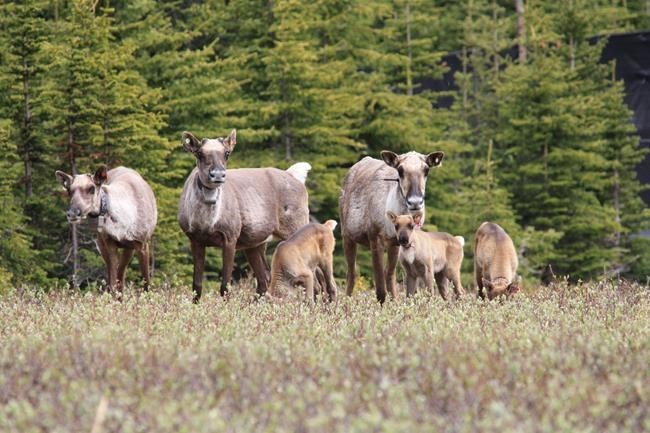MONTREAL — Four First Nations in Manitoba are working with the provincial and federal governments to establish a new Indigenous protected area.
The groups announced Wednesday at the COP15 global biodiversity talks in Montreal that they are working together to assess the feasibility of a protected area in the Seal River Watershed in northern Manitoba.
The Sayisi Dene First Nation, Northlands Denesuline First Nation, Barren Lands First Nation and O-Pipon-Na-Piwin Cree Nation have formed the Seal River Watershed Alliance to work on a shared vision of protecting their ancestral areas in the region.
"I think it's a wonderful concept to allow us First Nations people to take the lead in preserving and protecting a little piece of Earth for future generations. Because natural pristine wilderness is what's needed in this world, and there's very little of it," Ernie Bussidor, senior adviser and founder of the alliance, said via video from the remote community of Tadoule Lake.
"We possess a nice beautiful watershed that's worthy of protecting and preserving."
The feasibility assessment is also to explore the possibility of establishing a national park reserve in the watershed, alongside the Indigenous protected area.
The Seal River Watershed is one of the world's largest remaining ecologically intact watersheds and is a rich carbon sink.
It spans over 50,000 square kilometres and the region is home to many at-risk species, including wolverines, polar bears, orcas and barren-ground caribou.
The groups said protecting the area would also contribute to the vitality of the cultures, traditions and well-being of Indigenous people.
"The health of our lands, the health of our people are intertwined," said Stephanie Thorassie, executive director of the Seal River Watershed Alliance.
"Our cultures and languages are rooted in our relationship to the caribou and the land, and protecting the watershed means protecting the spirit of our people. The Indigenous protected area will help us honour our elders and create opportunities for our youth."
In 2020, the federal government announced $3.2 million toward the Seal River Watershed Indigenous Protected Area Initiative. It said the project created 29 jobs in the communities.
Ottawa is aiming to create 10 new national parks and conserve 25 per cent of lands and waters by 2025, and 30 per cent by 2030. It said protecting the Seal River Watershed would add 0.5 per cent toward that goal.
"Climate change and biodiversity loss are threatening ecosystems across Canada and demand urgent action from governments," said Steven Guilbeault, minister of Environment and Climate Change Canada and minister responsible for Parks Canada.
"This milestone demonstrates how much we can achieve to protect nature when we work together, advancing the goals of reconciliation."
This report by The Canadian Press was first published Dec. 14, 2022.
— By Emily Blake in Yellowknife
___
This story was produced with the financial assistance of the Meta and Canadian Press News Fellowship.
The Canadian Press



